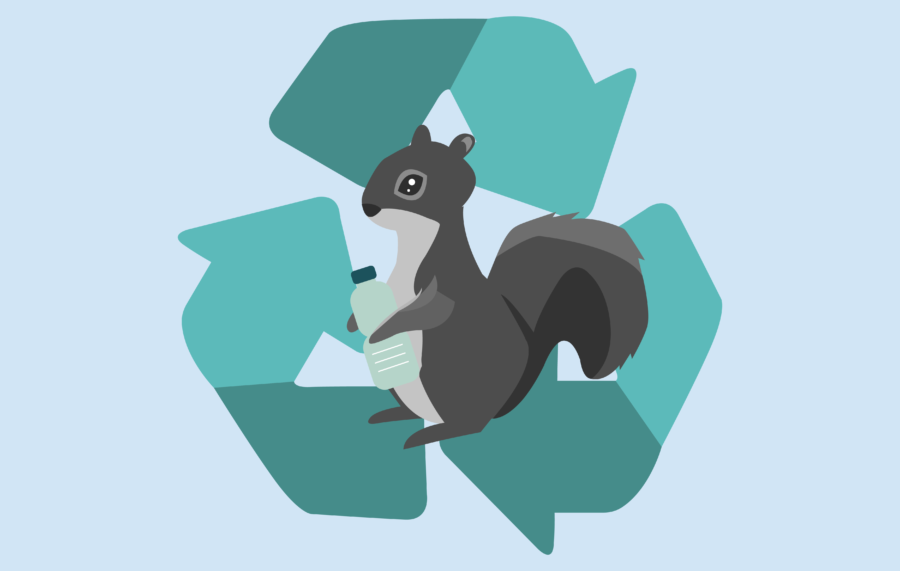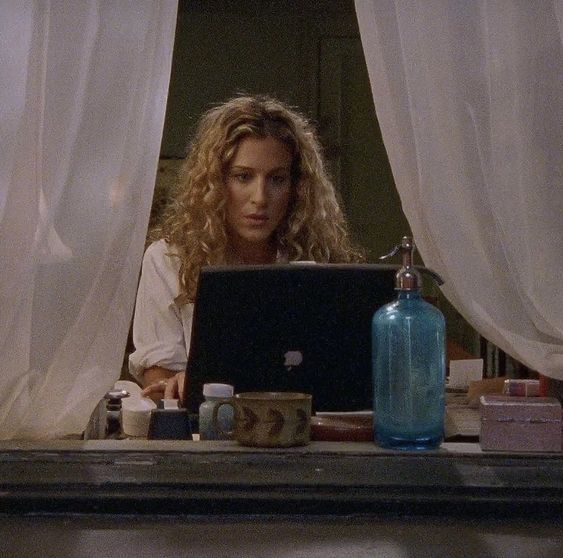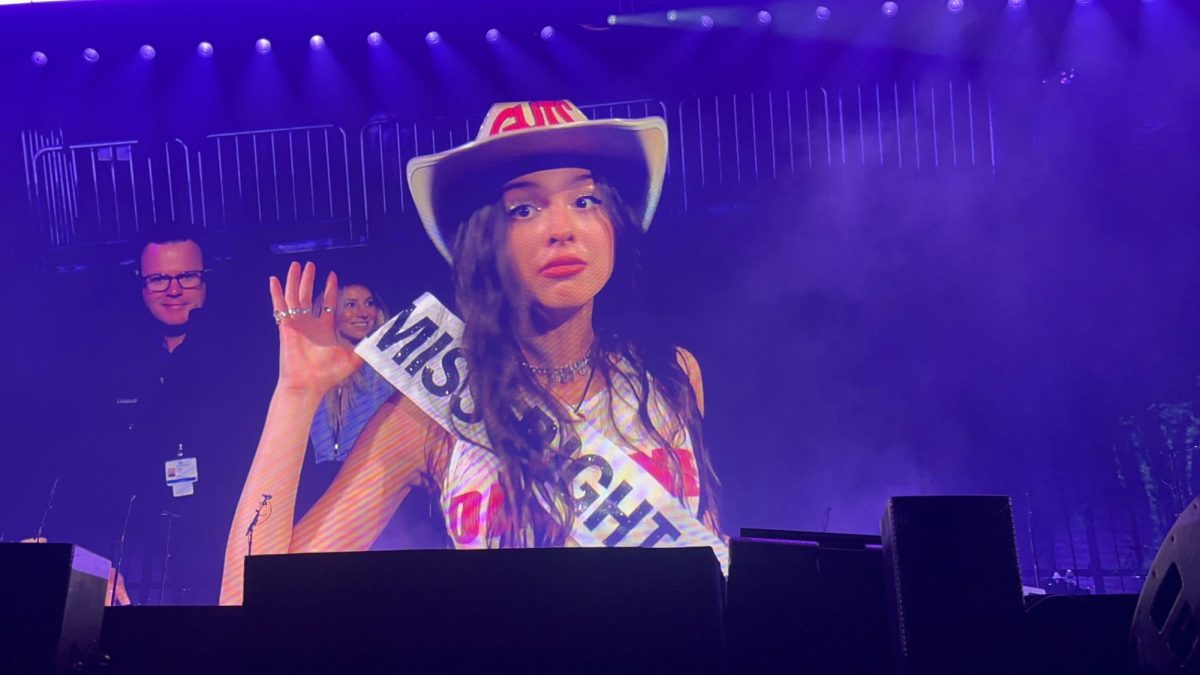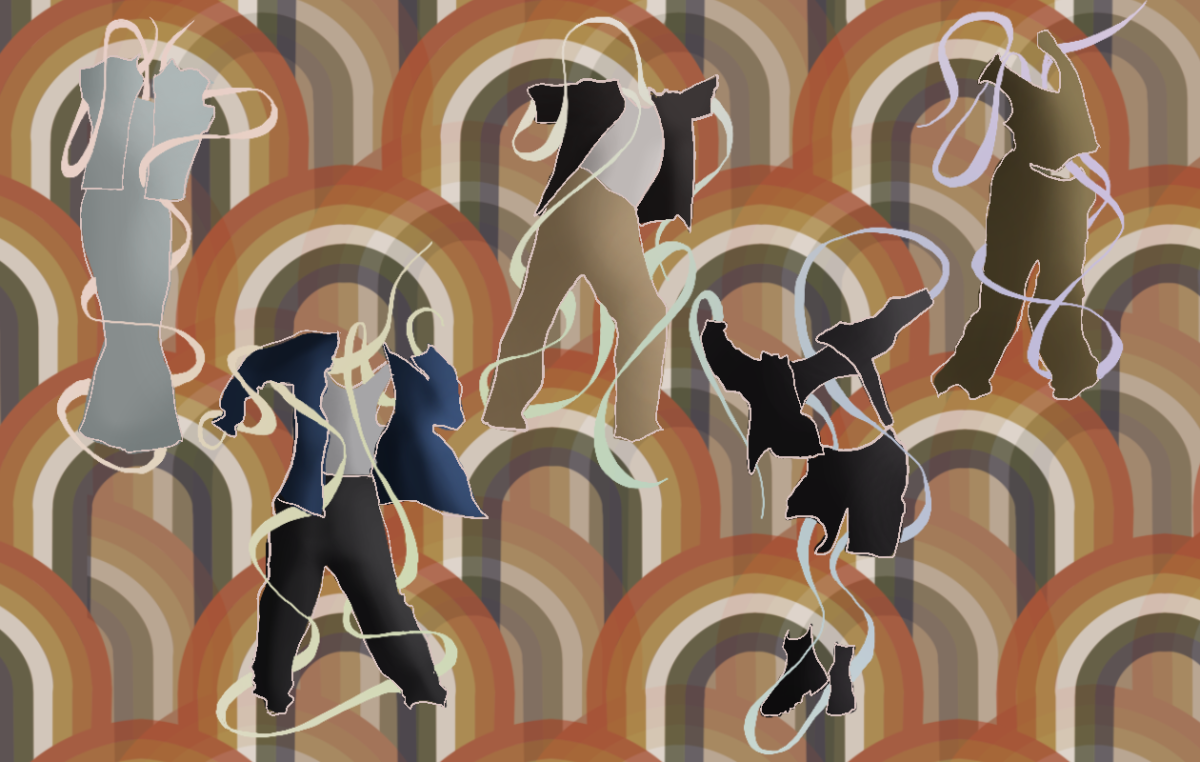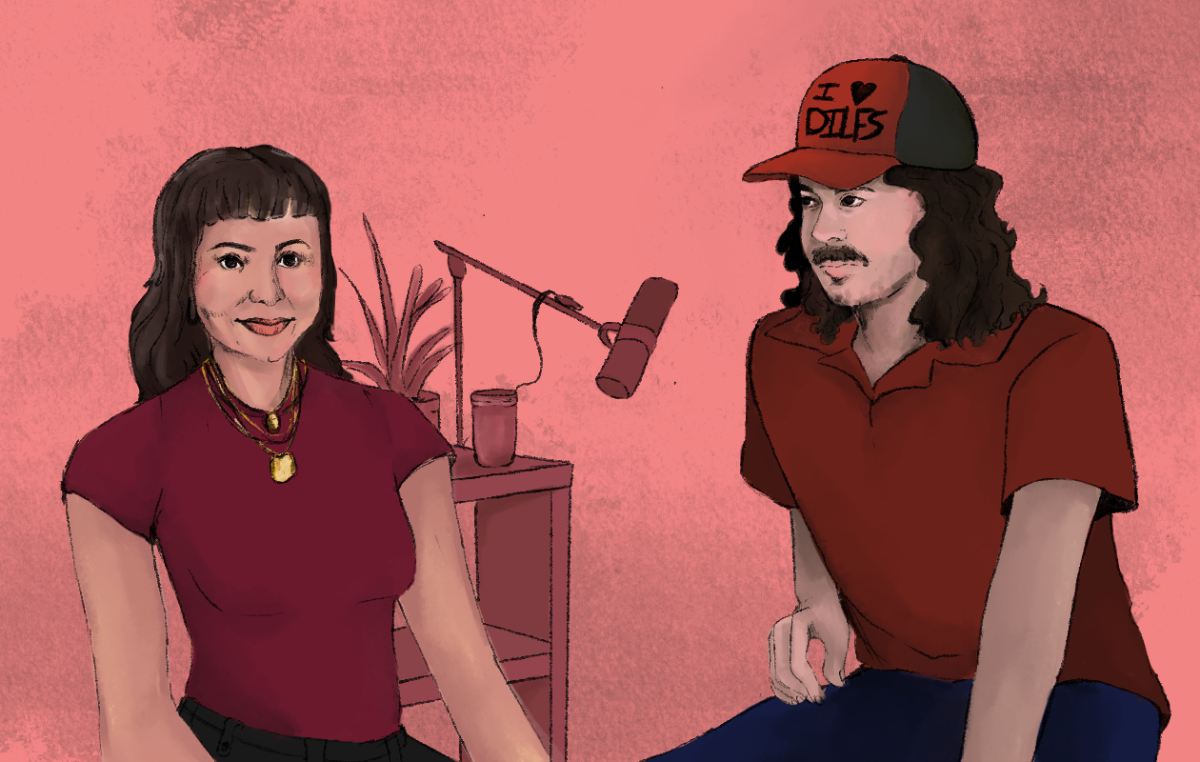Sustainability is the only way to help our planet, which makes Kent State University’s students care about sustainability, but do we know what our school is doing about sustainability? Have you ever taken a second to think about the ways Kent State practices sustainability? With a sustainability department that was created just 12 years ago, Kent State has made some big strides towards a more sustainable campus. Every area of sustainability that could be touched has been, and the Department of Sustainability continues to look at every avenue possible. As a campus, Kent State wants to reduce its carbon footprint as much as possible.
Around the globe, one-third of the food produced each year gets wasted. That adds up to 1.3 billion tons of food waste each year. One might think that number is too large to make any sort of difference to their own food waste production, but Kent State thinks differently.
Kent has many different practices in place to help with food waste. There is a food recovery hierarchy, and Kent State bases its practices off that. At the bottom of the hierarchy is food waste ending up in landfills or being incinerated, which Kent tries to avoid as much as possible. Instead, it focuses on reducing the amount of food they start with, and then focuses on recovering the food to feed others, or turning the food waste into electricity. The Design Innovation Hub (DI Hub) has its own Grind 2 Energy machine that is intended for turning food waste into electricity and fertilizer.
“We have the Grind 2 Energy program at the DI Hub,” Melanie Knowles, sustainability manager at Kent State said. “That will divert all of the food waste from the DI Hub, which will be a major dining hall on campus. We also have a grant proposal for funding for a Grind 2 Energy program at Eastway. Fingers crossed that we will be able to implement that in Eastway as well.”
Speaking of dining halls, Kent State has many steps in place to make the dining halls more sustainable. Three years ago, the carryout clamshell containers were implemented in the dining halls to get rid of waste while carrying out food. Knowles thought the carryout containers helped improve sustainability at the dining hall locations.
“The reusable carry out clam shells were a huge step in the right direction, we just have to keep going in that direction,” Knowles said.
Kent State is also styrofoam free in the dining halls and the university is also currently working towards eliminating plastic straws and bags.
Kent State doesn’t only focus on food waste when it comes to sustainability. The Department of Sustainability focuses on each aspect of the Kent campus. All of the golf carts and official Kent State vehicles are either hybrid or completely electric vehicles and there are 22 hybrid vehicles and five electric vehicle stations. Also, the Zero Emission Vehicle came out of Kent State faculty mentor Yanhai Du’s lab. The Zero Emissions Vehicle is the first golf cart to be powered by three sources — fuel cell, a solar panel and batteries.
Knowles would like to continue to grow the electric vehicle fleet.
“A lot of the vehicles we see on campus, like the golf carts and maintenance vehicles, are all electric,” Knowles said. “We are working to incorporate renewable energy vehicles into the campus fleet. We always look at electric and hybrid vehicles when we want to add more vehicles.”
Even with all of these sustainable practices in place, up to half of the campus waste is recyclable. Is this due to students not caring about sustainability, or not being properly informed about sustainability?
“We are always looking for ways to reach out to our students and there are increasing numbers of courses in sustainability or that include sustainability into the curriculum,” Knowles said. “We have a table at Destination Kent State to make us known to the new students, we have been doing that for years. We do programs throughout the year, like Recycle-mania. We use our social media, we publish things in school newspapers, we have things on the video boards around campus and we have posters. We are always trying to get the word out there.”
Sustainability is defined by the Brundtland Report as, “Sustainable development is development that meets the needs of the present without compromising the ability of future generations to meet their own needs.” Kent State tries to implement sustainability for a few reasons including cost saving, wellness, environment quality, quality of life, student attraction and retention.
When asked what her future goals for the Department of Sustainability, Knowles said, “Sustainability is a path and we have come such a long way since I have been at Kent State, but we still have a long way to go, we have a lot of opportunities for improvement and we continue to work towards those. I think what I see over time and what I continue to hope to see is the way that sustainability is integrated all throughout Kent. It isn’t just one department, it is the way that sustainability has spread throughout the university, and that all of those folks are working as a network to increase sustainability.”
SUPPORT STUDENT MEDIA
Hi, I’m Grace Avery, a senior fashion merchandising student from Columbia, Maryland! I’m also the editor-in-chief of A Magazine. My staff and I are full of passion and aspiration as we commit our work to bring you the most meaningful and entertaining news from the realms of fashion, beauty, and culture. Our team is full-time students and hard-working journalists. While we get support from the student media fee and earned revenue such as advertising, both of those continue to decline. Your generous gift of any amount will help enhance our student experience as we grow our community into working professionals. Please go here to donate to A Magazine.

